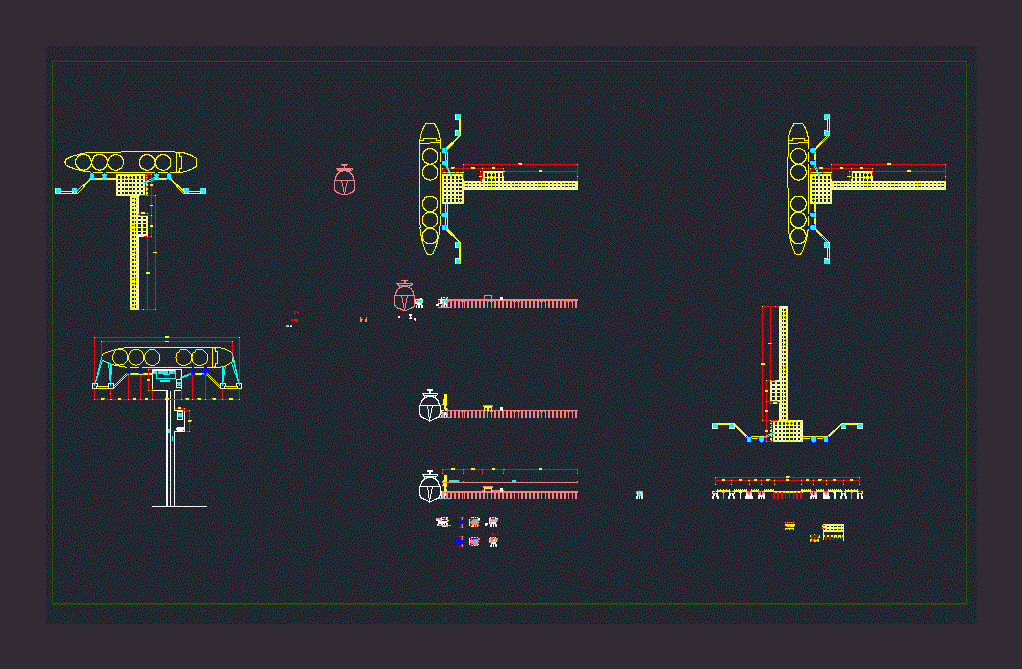


High-performing practices view teams as a necessity for the survival of adult primary care. Empanelment is also essential for identifying the patient population and stratifying by need for population management (block 6). How does a clinician know the percentage of her diabetes patients with HbA 1c levels greater than 9%? First she needs to know the denominator: how many patients with diabetes are in her panel. Empanelment allows practices to adjust the workload among clinicians and teams.ĭefined panels provide a denominator for performance measures (block 2). 17 Demand exceeding capacity impedes prompt access to care (block 8). Empanelment interacts closely with team formation because teams assume responsibility for their patient panel.Įmpanelment enables the practice to calculate adjusted panel size, which determines whether each clinician and team has a reasonable balance between patients’ demand for care and the capacity to provide that care. To improve continuity (block 7) and establish a patient-team partnership (block 5), it is desirable that patients and care teams know each other. Empanelment is the basis for the therapeutic relationship that is essential for good primary care. 16 Even though empanelment requires constant monitoring, 16 many practices have viewed it as foundational. 6Įmpanelment means linking each patient to a care team and a primary care clinician. 13 Initiatives assisting practices to transform suggest that the process is long and complex. 12 A study of 30 Los Angeles community health centers found no association between NCQA medical home scores and the quality of diabetes care. Some believe that NCQA requirements are excessively prescriptive, using a checklist approach that may not be responsive to the needs of practices and patients. Practices may receive recognition without making fundamental change. Practices find PCMH standards useful for targeting their improvement efforts however, the PCMH recognition process has come under criticism.


10 The Joint Commission and URAC have developed their own recognition programs. In 2008 (modified in 2011) the National Committee on Quality Assurance (NCQA) unveiled a PCMH recognition process with specific requirements. Propelling this effort was the willingness of some payers to consider enhanced payments to practices meeting certain qualifications. The publication of the Joint Principles stimulated efforts to define the PCMH in more detail. Patient-Centered Medical Home Recognition Standards Our development of the building block model was prompted by our recognition of some important limitations of existing frameworks for understanding the key attributes of high-performing primary care. 6, 7 We also vetted the model with practices during our work in the field and refined the model in response to their feedback. These frameworks included the Joint Principles of the Patient-Centered Medical Home (PCMH), 3 various medical home recognition standards, the Change Concepts for Practice Transformation, 4 University of Utah’s Care by Design, 5 and published research on practice transformation. We cross-referenced emerging building block concepts with themes articulated in other published frameworks to look for shared elements. By comparing and discussing field notes, we discerned a set of elements-building blocks-that occurred with regularity among well-functioning practices. 2 Most of the 25 practices for which the authors have worked as practice facilitators are federally qualified health centers.įrom these case studies and coaching experiences, we used an iterative process to identify common attributes of high-performing primary care. Seven of the 23 practices had 5 or fewer physicians. The 23 practices included 8 hospital-based clinics, 7 integrated delivery system sites, 6 federally qualified health centers, and 2 independent private practices. Practices were selected for site visits on the basis of being known as innovators and having a reputation for high performance in 1 or more of the triple aims. Seven site visits were performed by the authors for the others, the authors reviewed site visit reports, looking for descriptions of building block implementation. Our development of the building blocks framework was based on case study methods using information from several sources: site visits by the authors and colleagues to 23 highly regarded practices, 1, 2 our experiences as practice facilitators in more than 25 practices, and a review of existing models and research on primary care improvement.


 0 kommentar(er)
0 kommentar(er)
